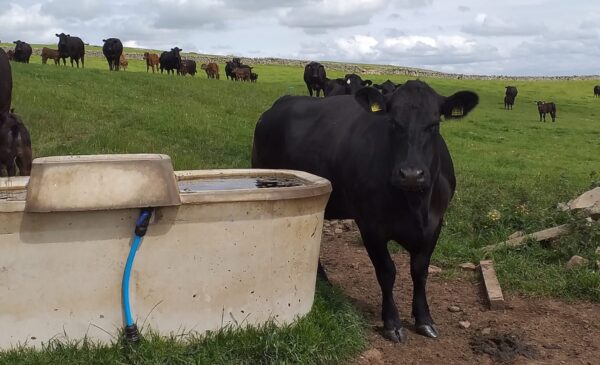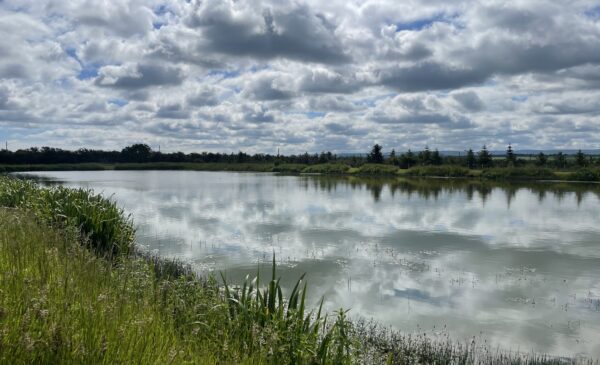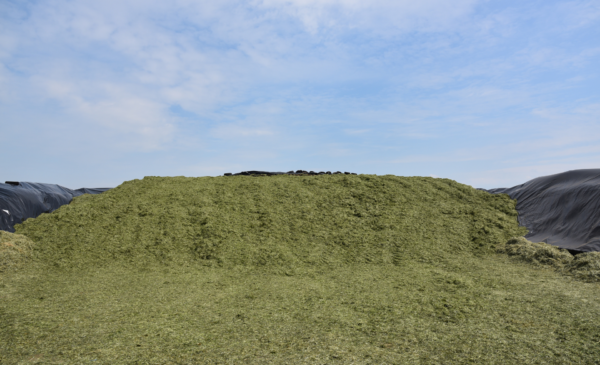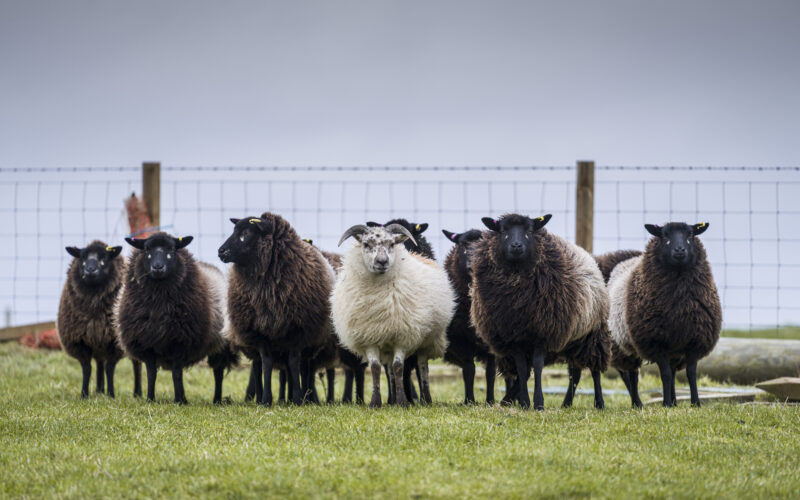What is sheep scab?
Sheep scab is an allergic dermatitis in response to infestation with the Psoroptes ovis mite feeding on the skin surface of sheep. In the UK sheep scab is endemic and cases can be found all year round, but typically peak between September and April.
In Scotland sheep scab is a notifiable disease, therefore any suspected or confirmed cases should be reported to the local APHA office.
Treatments available for sheep scab
As other ectoparasites e.g. lice can cause similar clinical signs (rubbing/itching and wool loss) in sheep, it is important to identify the cause to ensure the correct treatment is selected. Should testing indicate that treatment for sheep scab is required, there are two options:
- Injectable endectocides of the macrocyclic lactone (3-ML) wormer class e.g. moxidectin, doramectin, or ivermectin.
- Plunge dipping in diazinon based organophosphate (OP) dip, which also controls blowfly, lice, keds, and ticks.
However, the treatments vary in the speed of killing sheep scab mites, duration of protection against repeated scab infestations, and withdrawal periods. Speak to your vet or RAMA SQP for advice on which product is best for your flock.
Dipping was compulsory in the UK between 1928 and 1992, but the popularity of this method fell in the mid-1990s in favour of endectocides due to their apparent ease of use and ability to treat roundworms, nasal bots, lice, and sheep scab. However, concerns with anthelmintic resistance and the emergence of ML resistant sheep scab mites in 2017, has led to a shift back to dipping.
The right way to dip sheep
To avoid the emergence of OP resistant sheep scab mites, OP dips need to be used appropriately. OP dips should not be used in jetters or showers as this will not provide adequate coverage to kill all the mites. Instead, sheep should be plunged into OP dip baths for a minimum of 60 seconds and have their head submerged at least twice, before being held in a drip pen for at least 10 minutes then a holding area for at least 24 hours. It is vital that the correct dip concentration is maintained throughout, by regularly replenishing the bath according to the manufacturer’s instructions and that the bath is emptied before the dip wash becomes dirty or at the end of each day. Staff using sheep dip should hold the NPTC Level 2 Award in Safe Use of Sheep Dip or be working under the supervision and in the presence of a person who holds the certificate of competency.
Environmental considerations when using OP dips
OP dips are highly toxic to both human health and the water environment and subsequently there are several regulations to be adhered to when using them.
All staff involved should wear appropriate PPE (face shield, waterproof jacket, gloves, waterproof trousers, and wellington boots) when using OPA dips or handling dipped sheep (up to 3 months post-dipping).
Under the Water Environment (Controlled Activities) (Scotland) Regulations 2011, to avoid any adverse environmental effects from OP dips, consideration needs to be given to the siting and maintenance of sheep dipping facilities, including any holding areas for sheep post-dipping. Sheep dipping facilities and the holding area e.g. grass paddock, must be sited at least 50 m away from any water course, wetland, well, spring, or borehole. Careful design and regular maintenance should ensure that all splashes, spills, and run-off are contained and flow back to the dip bath.
There are two options for disposal of waste dip:
- Via a registered waste carrier for recovery or disposal at a waste treatment facility with a waste transfer note issued.
- Spread on suitable farmland following the issue of a license from SEPA.
Empty containers should be rinsed three times with clean water before disposal via a registered waste site or contractor. If a mobile dipping contractor is used, a written agreement should be prepared in advance of dipping detailing the disposal protocol.
Take home messages
- Make use of the available tests (and funding) to determine the need for treating sheep scab.
- Follow the manufacturer’s datasheet when using OP dips.
- Regularly review the CAR Practical Guide, SEPA Sheep Dipping Code of Practice, Mobile Sheep Dipping Code of Practice and HSE guidance to ensure compliance with the latest rules and regulations for sheep dipping.
Related resources

Newsletter Summer 24 Newsletter
You don’t always need a pump!
Robert Ramsay, SAC Consulting
Discussing alternative watering with farmers is always an enjoyable challenge. From crofters in the Western…

Newsletter Summer 24 Newsletter
Water Scarcity
Brian Roxburgh, SEPA
There is one clear message from the various studies predicting future rainfall patterns in Scotland:…

Newsletter Summer 24 Newsletter
Are you planning on upgrading or constructing a silage pit? If so, plan ahead
Jackie McColm, SEPA
Any structures currently in use that were built, substantially reconstructed, or enlarged after 1st September…

